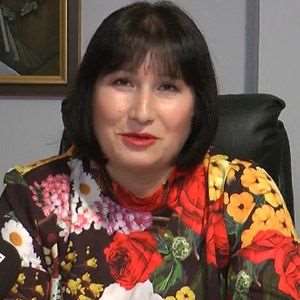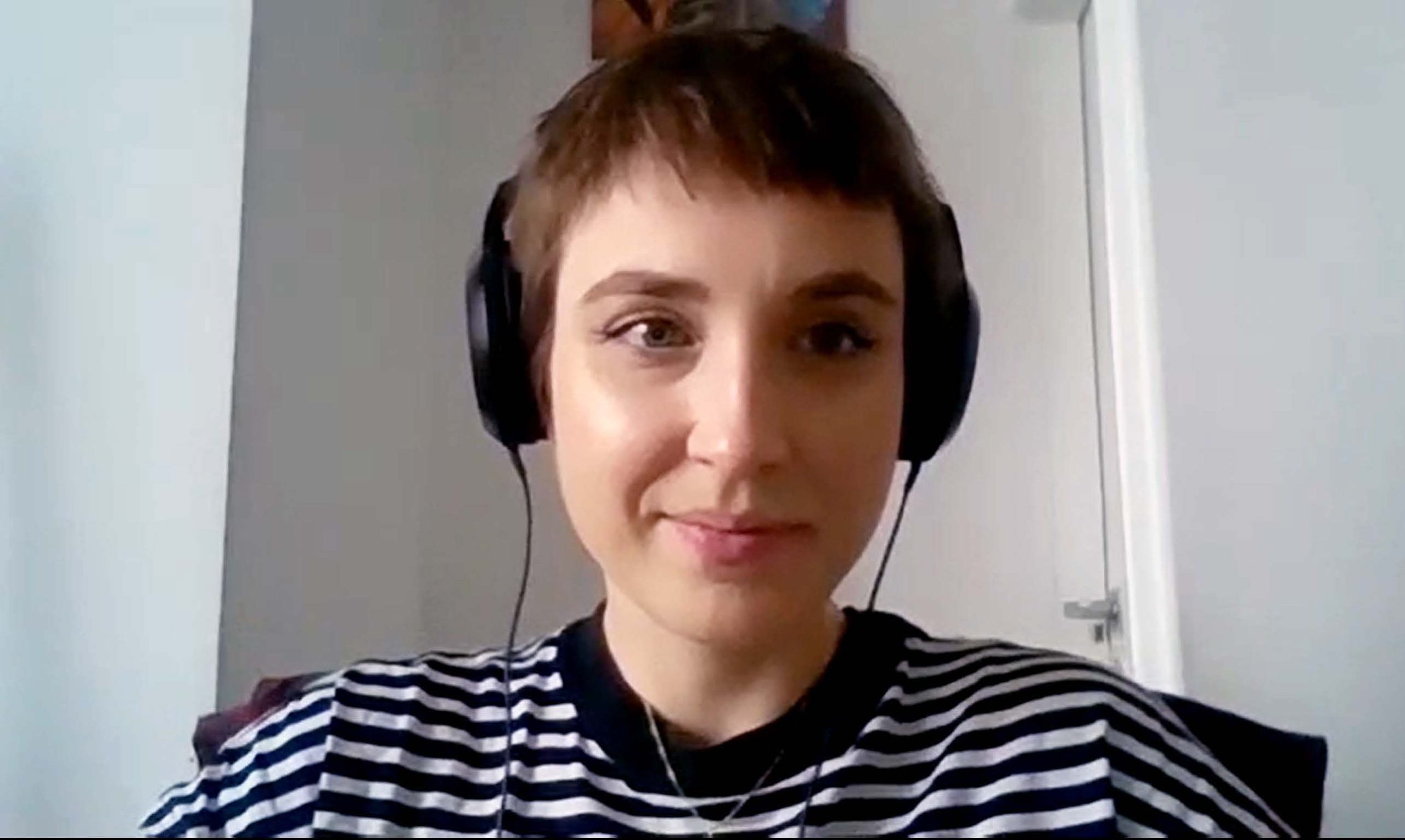Mishima Yukio’s Kinkakuji Opened the Door to Japanese Literature
Nenad Simonović
Manager and chief editor, Tanesi
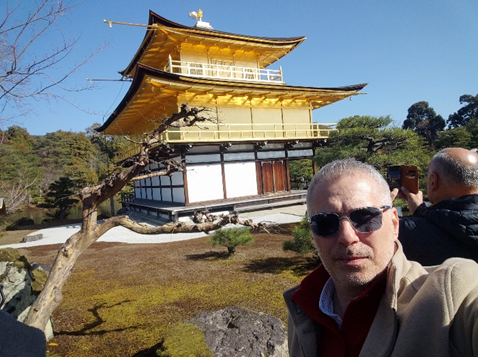
At Kinkakuji
It All Began with Mishima Yukio’s Kinkakuji
Tanesi is a publishing house based in Serbia with a catalog that includes works by authors from many backgrounds, including not only Serbian but also Spanish, French, Greek, Spanish-American, Russian, and American origins. The majority of its catalog, however, consists of books from and about Japan, including such classics as the Kojiki and Taketori monogatari (The Tale of the Bamboo Cutter), haiku collections featuring writers like Matsuo Basho, Yosa Buson, and Kobayashi Issa, and works by major Japanese authors like Mori Ogai, Natsume Soseki, Akutagawa Ryunosuke, Shiga Naoya, Dazai Osamu, Mishima Yukio, and Kawabata Yasunari. Tanesi has a well-earned reputation as a publisher that brings Japanese culture to its readers.
“For me, the biggest highlight of this trip to Japan (Central and Eastern European Editors’ Visit) was our visit to the Golden Pavilion,” says manager and chief editor Nenad Simonović. “Mishima Yukio’s Kinkakuji (The Temple of the Golden Pavilion) is the reason I fell in love with and became interested in Japanese literature. I first read it when I was just 18 years old, in high school, and I was enthralled. Actually visiting Kinkakuji, the Golden Pavilion itself, was very emotional for me. It’s hard to describe that feeling—it was like being in a dream. My 30-year wish to visit that magnificent temple I’d been dreaming about so much had finally come true.”
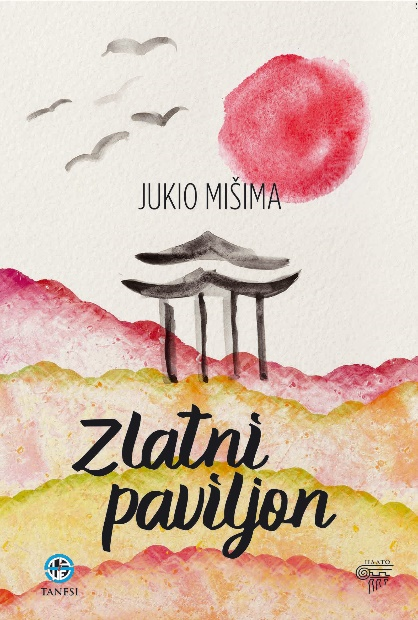
Serbian edition of The Temple of the Golden Pavilion by Mishima Yukio
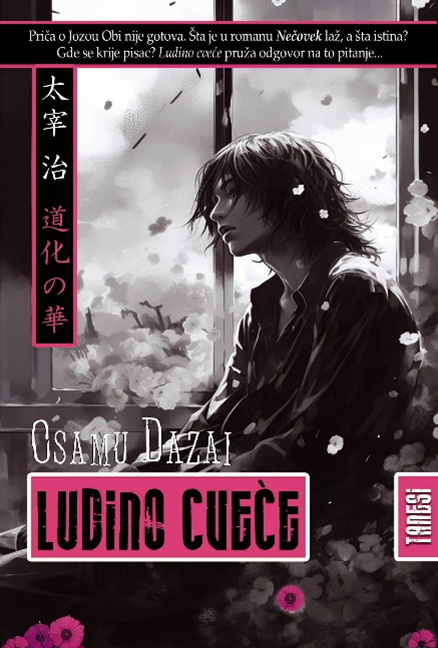
Serbian edition of The Flowers of Buffoonery by Dazai Osamu
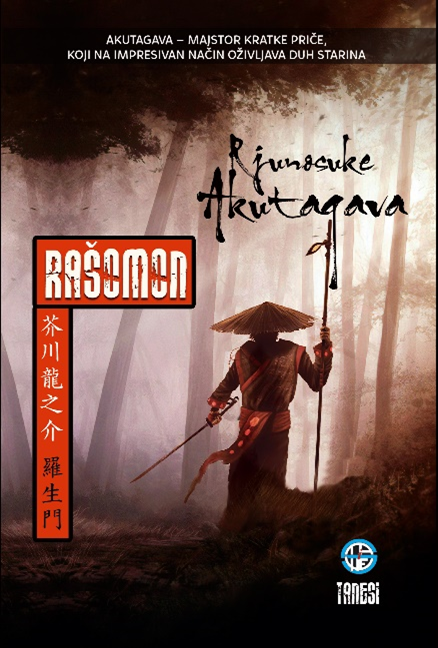
Serbian edition of Rashomon by Akutagawa Ryunosuke
The Barriers Came Down and the Doors to Publication Were Opened
One issue Simonović had faced in the past was the difficulty of reaching Japanese agents to discuss publication rights.
“We have plans to produce a major series of modern works by younger Japanese authors working in various genres,” says Simonović. “We aim to provide our readers with the opportunity to enjoy the wide range and diversity of Japanese contemporary literature. However, we are often unable to find even a contact email address to discuss specific titles.”
Under the circumstances, Simonović says, the program was an invaluable opportunity to network with publishers.
“Building connections with Japanese publishers, editors, and agents was a major benefit of participating in this program. I thought that the meetings arranged on our behalf would help us get in touch with agents and publishers much more easily in the future, but I didn’t imagine that we would establish such good business relations, being a small publisher from Europe. This program has opened many doors for us.”
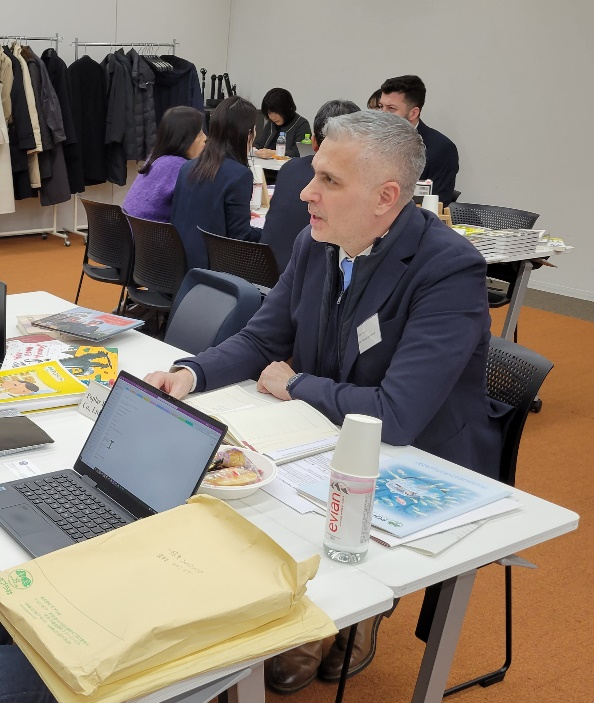
Simonović at a networking and social event with Japanese publishers
Simonović was highly impressed with the publishers he met, and satisfied with what the program offered. “Some of the most beautiful and memorable events during our stay in Japan were the organized visits to publishing houses, where we were received and welcomed in an exceptional way. I discovered that some books I had wanted to publish even before coming to Japan were actually published by these companies. It was very pleasant to have conversations with editors who had worked on books I was interested in. When I told one editor that there was a figure I had been trying unsuccessfully to contact for years, they introduced me to them. I was amazed.”
The lectures on Japanese literature and publishing were also very interesting. “We were exposed to a lot of new books and writers,” says Simonović.
Already Moving to Publish Several Titles
“In Serbia there has been interest in Japanese literature for the last 30 years, but it seems to me that it has been increasing in the last few years,” says Simonović. “The aforementioned works by Mishima are already classics, while the best-selling author in Serbia is Murakami Haruki. There are perhaps ten published books by younger Japanese authors available in our country now.”
It has been several months since Simonović returned to Serbia. He received books from several publishers he made contact with during the program, and says he has spent much of the time reading these works and exploring the possibility of translating them. “I exchanged several emails with the publishers I met in Japan upon my return to Serbia. The response from all the publishing houses was quite a positive surprise for me,” he says.
Making full use of the connections to the Japanese publishing world he formed during the program, Simonović is already working on ambitious new projects. “I don’t think we’ll have any problems getting the rights for Japanese authors now,” he says. “I plan to try to publish some shorter manga series this year, to begin with. While in Japan I began reading Hase Seishu’s Shōnen to inu (The Boy and the Dog) and decided I wanted to publish it in translation; we are already working on that project. We are also preparing to translate and publish Yu Miri’s JR Ueno-eki kōenguchi (Tokyo Ueno Station). In the months since my return, I have mostly been handling the search for books and those negotiations.”
The opportunity to network with other central and eastern European publishers was also valuable, Simonović says. “The program was a chance to share a range of experiences related to translating and publishing Japanese literature with other publishers. I plan to stay in touch for further cooperation.”

